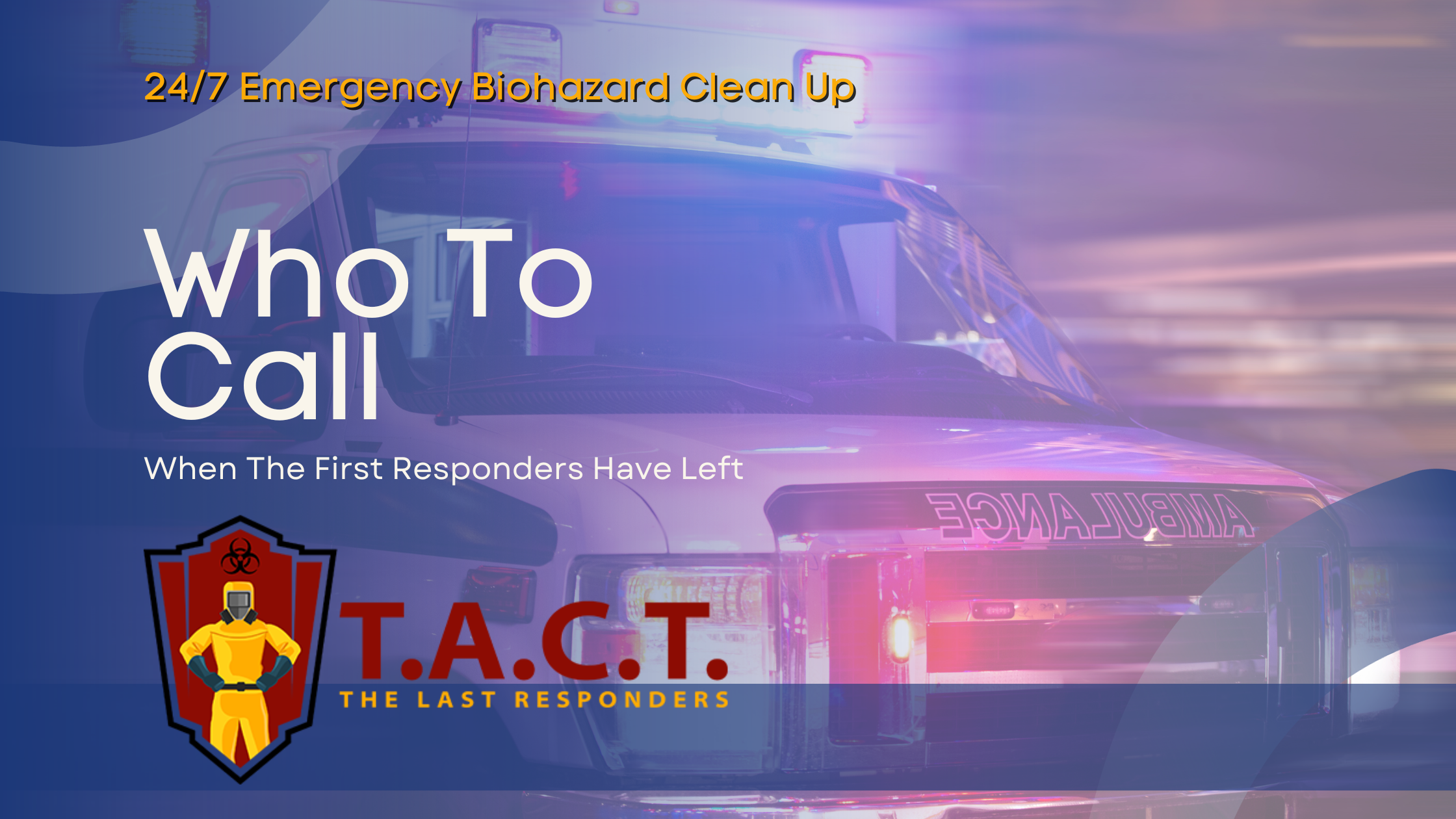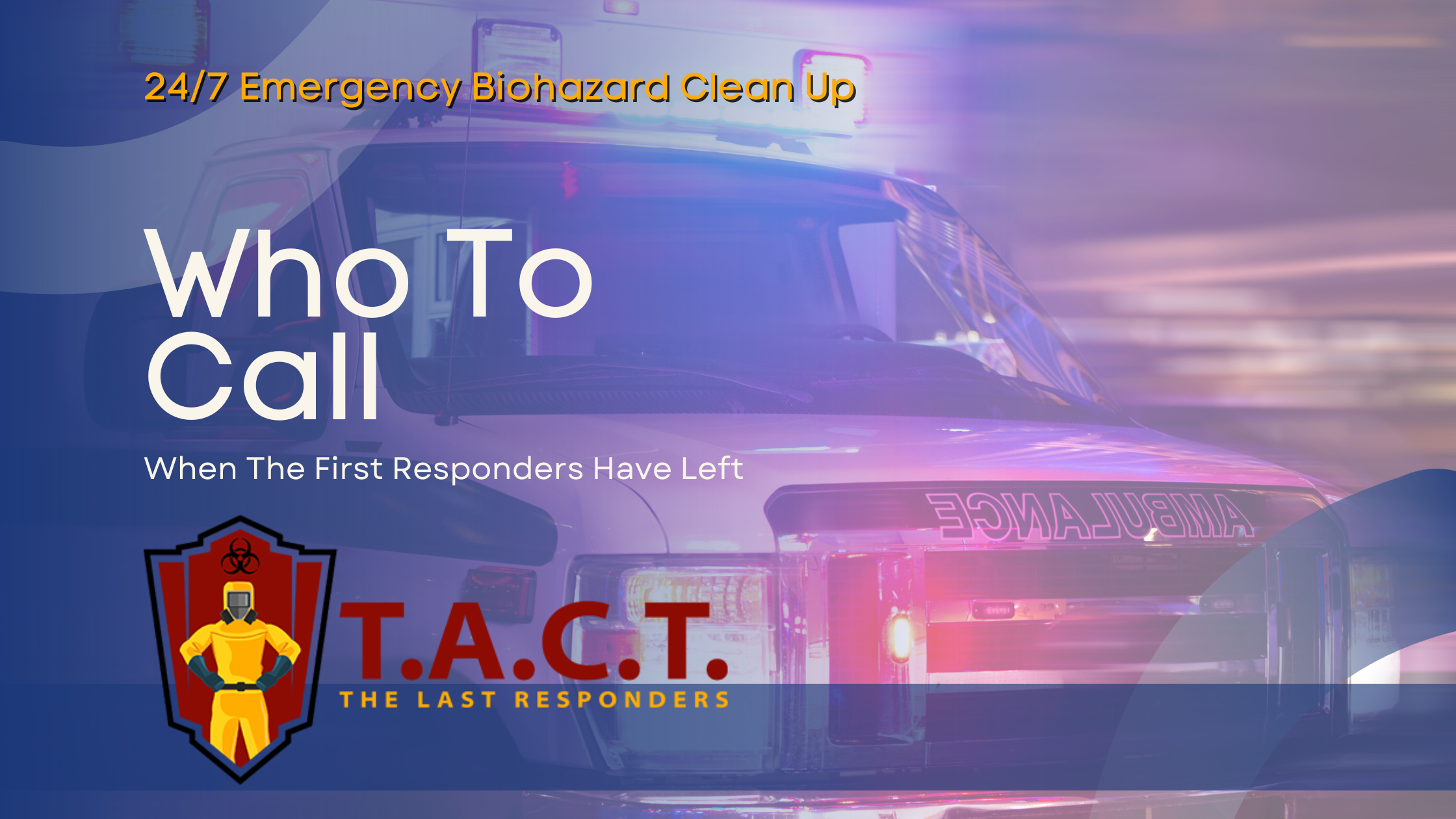How to remove mouse droppings
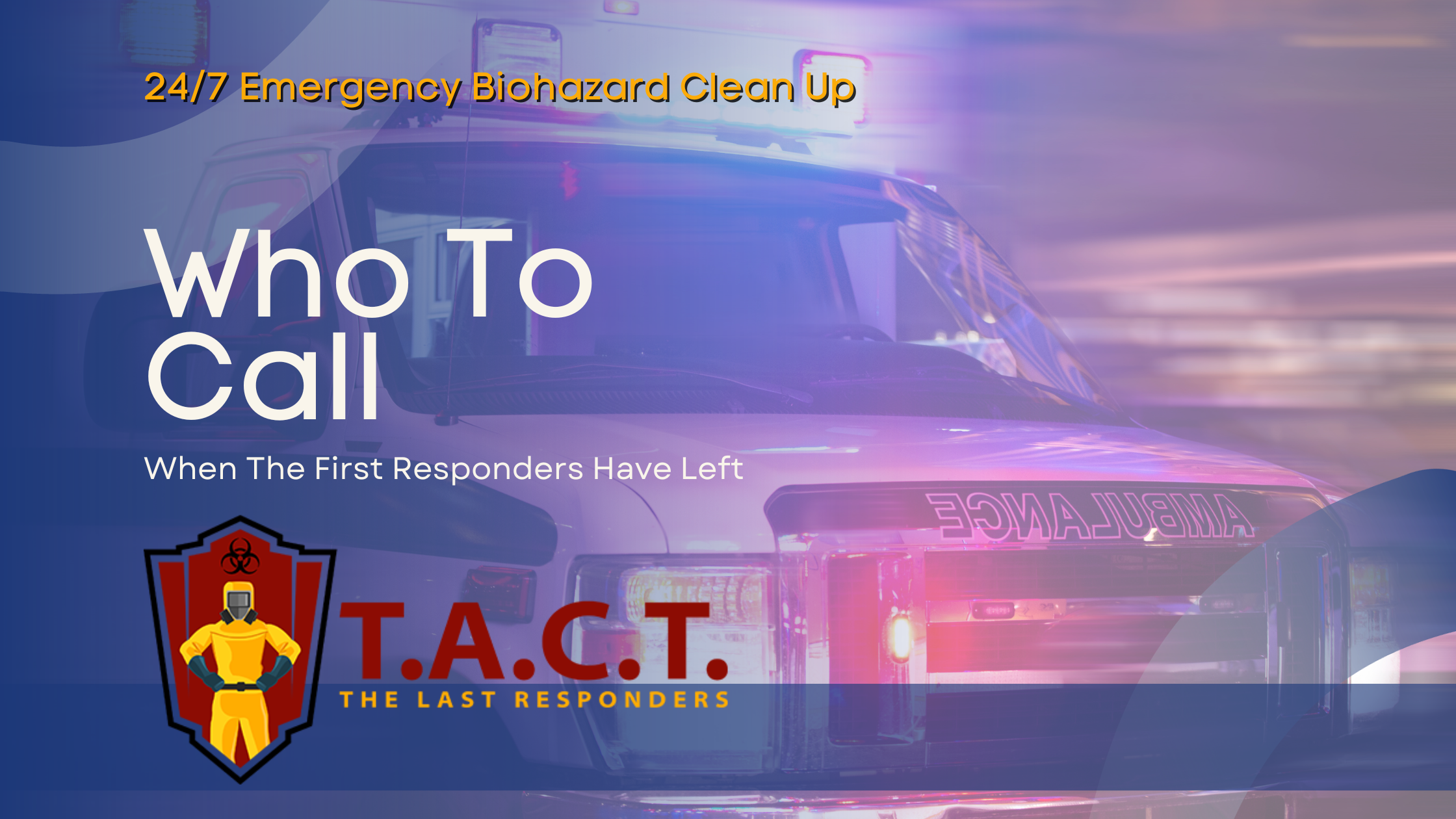
How to Remove Mouse Droppings: Best Practices for a Safe Home
Finding mouse droppings in your home can be alarming and poses significant health risks. Knowing how to remove mouse droppings safely and efficiently is crucial. This guide will walk you through identifying mouse droppings, taking safety precautions before cleanup, and the exact steps to clean and disinfect affected areas.
Key Takeaways
Proper identification of mouse droppings is crucial for effective cleanup and pest control.
Implement safety precautions, including protective gear and proper ventilation, before cleaning mouse droppings to minimize health risks.
Regular inspections and preventive measures, such as sealing entry points and using traps, are essential to maintain a rodent-free home.
Identifying Mouse Droppings

Mouse droppings are small, cylindrical, and resemble black grains of rice, about ¼ inch long with pointed ends. Fresh droppings are moist and dark, while older ones dry out and lighten, becoming dried droppings. They are often found along walls and near food sources where mice frequent, indicating a potential mouse problem. Rodent droppings, mouse poop, and mice droppings can be a clear sign of their presence.
Mouse droppings are commonly found in dark, isolated spaces near food sources. Unlike the smaller, pointed mouse droppings, rat droppings are larger with blunt ends. Recognizing the difference early helps in addressing the infestation promptly.
Knowing the difference between mouse and rat droppings helps in choosing the right removal and prevention methods for a rat or mouse infestation. Proper identification also aids in targeting the most affected areas for effective cleanup.
Safety Precautions Before Cleanup
Before cleaning mouse droppings, protect yourself from health risks by wearing rubber gloves or plastic gloves, a mask, and protective gloves and clothing to avoid direct contact and minimize exposure to airborne particles. Additionally, remember the importance of removing gloves after the cleaning process.
Ventilate the cleaning area for at least 30 minutes before starting to minimize inhalation of harmful particles, especially in enclosed contaminated air spaces.
Gather all necessary cleaning supplies, such as household disinfectants, paper towels, and plastic garbage bags. Being prepared makes the cleanup process smoother and more efficient.
Cleaning Up Mouse Droppings Safely

Approach cleaning mouse droppings and dust with caution, as disturbing them can release harmful particles. Avoid vacuuming or sweeping, as it can aerosolize pathogens and pose serious health risks.
Lightly spray the droppings with a household disinfectant to minimize airborne particles. Dampen them with a bleach solution or disinfectant and let it soak for about five minutes to ensure safe cleanup.
After soaking, use paper towels to wipe up the droppings and dispose of them in a covered trash bin. This method contains the droppings and prevents the spread of contaminants, ensuring a safe and healthy home environment. Allow the area to dry completely.
Disinfecting Contaminated Surfaces
After removing droppings, thoroughly disinfect contaminated surfaces with a bleach solution (1.5 cups bleach per gallon of water). Spray and let it soak for at least five minutes before removal.
Disinfect hard surfaces with a general-purpose household disinfectant or a bleach solution. Dispose of used paper towels in a covered garbage can. After cleaning, wash disposable gloves with soap and water before removal to eliminate any remaining harmful particles.
Disinfect contaminated plastic, glass, or metal containers with a bleach solution or disinfectant. Cleaning and disinfecting all hard or nonporous items helps prevent the spread of diseases, ensuring a clean and safe environment.
Handling Dead Rodents and Nesting Materials
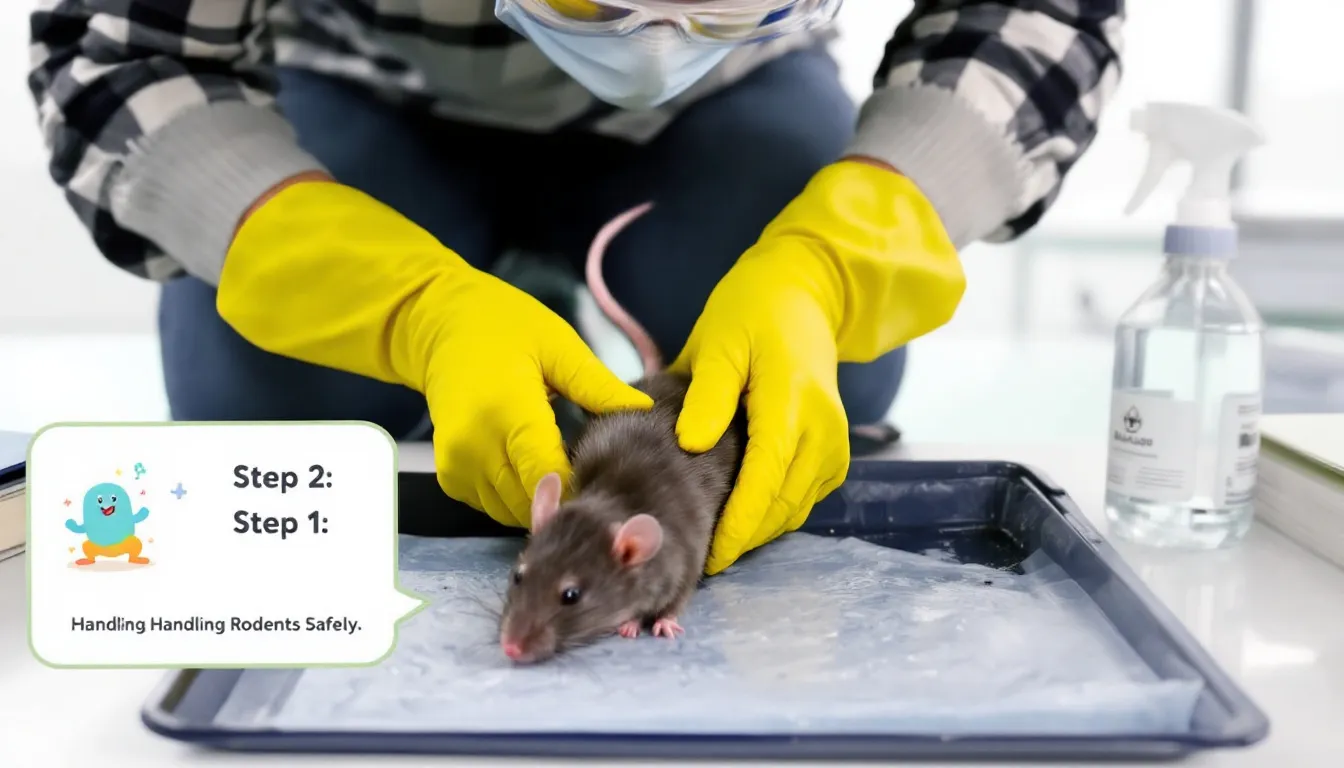
Handle dead rodents and nesting materials with caution due to health risks. Wear gloves and spray them with disinfectant, letting it soak for 5 minutes to neutralize pathogens before disposal. A dead rat should be treated with the same care.
Seal dead rodents in a plastic garbage bag, place it in a double bag, and dispose of it in a covered outdoor garbage bin. Double-bagging ensures no contaminants escape. Use insect repellent with DEET to protect against flea bites.
After handling dead rodents and nesting materials, wash hands thoroughly with hands with soap and water to remove any remaining contaminants, preventing the spread of rodent-borne diseases with bare hands.
Dealing with Rodent Urine
Rodent urine harbors harmful pathogens, so proper cleanup is essential. Spray the urine with disinfectant to neutralize pathogens, then wipe it up with paper towels.
Dispose of used paper towels in a sealed plastic bag to contain the urine and prevent contamination, maintaining a safe and healthy home environment.
Preventing Future Infestations

To maintain a safe and healthy home, prevent future rodent infestation by inspecting your home for signs of activity and taking preventative measures to rid your space of potential issues. Regular cleaning and inspection of prone areas can help with rodent control and address any rat problem.
Install door sweeps on exterior doors and seal openings around utilities and pipes with caulk or steel wool. Keep attics and basements well-ventilated and store firewood at least 20 feet away from the house to reduce rodent attraction.
Use snap traps or electronic traps if you suspect a rodent has entered your home. Inspect grocery bags and packages for rodents before bringing them inside to prevent entry. These measures help maintain a rodent-free trap environment.
Cleaning Fabrics and Soft Items
Cleaning fabrics and soft items contaminated by mouse droppings requires special care. Launder contaminated clothing, bedding, and stuffed animals in warm water or hot water with detergent, or opt for a machine wash. Dry items completely at temperatures above 115 degrees to kill hantaviruses.
Use professional-grade steam cleaners to clean infected rugs and carpets, using shampoo or disinfectant during the process. This ensures all pathogens are neutralized, keeping your home safe and clean.
Special Considerations for Heavy Infestations
For severe rodent infestations, additional precautions ensure safety. Use HEPA respirators to protect against airborne contaminants and wear disposable coveralls to prevent contamination.
Wear rubber boots or disposable shoe covers when cleaning areas with heavy rodent presence to avoid tracking contaminants. Hiring professional pest control services ensures a thorough and safe cleanup.
How to Handle Mouse Droppings in Specific Areas

Different areas of the home require specific cleaning methods. For carpets, use a commercial-grade disinfectant or steam cleaner after removing droppings. Use an adhesive cardboard pad and paper towels for small amounts. For hardwood floors, dampen droppings with disinfectant before removal to prevent damage.
In cupboards and pantries, discard chewed or infested food items and clean shelves with soap and disinfectant to get rid of any potential contaminants. In the garage, seal all openings to prevent mouse infestation access.
These methods ensure effective clean up in various areas of your home.
Summary
Summarizing the key points covered in this guide, it’s clear that proper identification, safety precautions, and effective cleaning methods are essential in handling mouse droppings. Regular inspections and preventative measures can help maintain a rodent-free home environment. Remember, taking prompt action and following these best practices can prevent health risks and ensure a safe and clean living space.
By implementing these strategies, you can protect your home and loved ones from the dangers of rodent infestations. Stay vigilant and proactive in maintaining a rodent-free environment, and you’ll enjoy a safer, healthier home.
Frequently Asked Questions
What do mouse droppings look like?
Mouse droppings are small, cylindrical, and resemble black grains of rice, measuring approximately ¼ inch in length with pointed ends. It's important to identify these droppings as they can indicate a rodent infestation.
Can I vacuum mouse droppings?
Vacuuming mouse droppings is not advisable, as it can aerosolize harmful pathogens. It is safer to spray the droppings with disinfectant and then wipe them up.
How should I dispose of dead rodents?
To dispose of dead rodents, spray them with disinfectant, seal them in a plastic garbage bag, and then place that bag inside a second bag before disposing of it in a covered outdoor garbage bin. This method ensures safe handling and prevents contamination.
What disinfectant should I use to clean rodent urine?
To effectively clean rodent urine, use an EPA-registered disinfectant or a bleach solution, as these are effective in killing pathogens. Ensure proper ventilation and wear protective gear during the process.
How can I prevent future rodent infestations?
To prevent future rodent infestations, thoroughly inspect your home for signs of activity, seal any potential entry points, maintain cleanliness, and utilize traps as needed. Taking these proactive measures will significantly reduce the risk of infestations.
Latest news
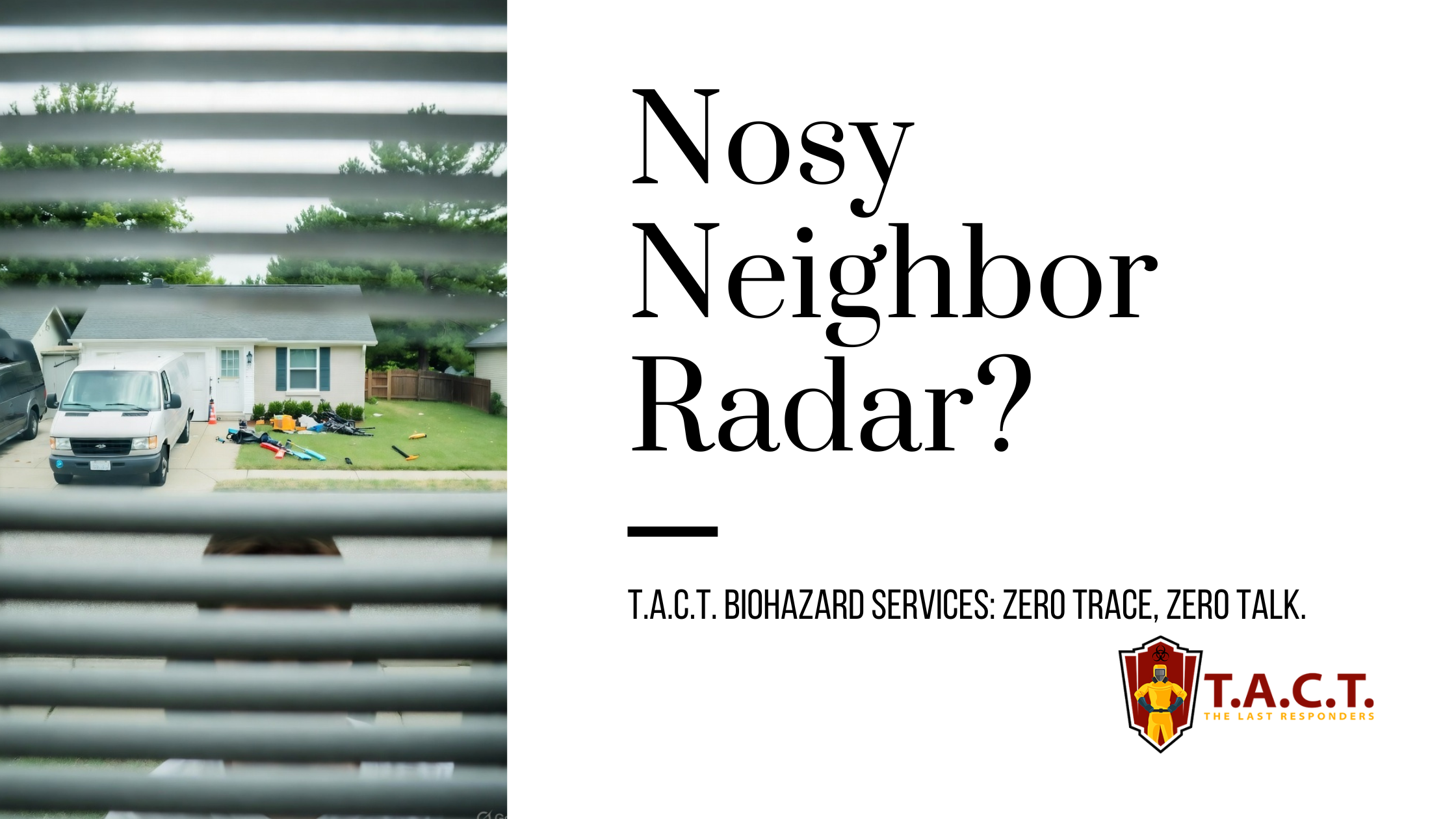
Nosy neighbors peeking? T.A.C.T. North Atlanta offers discreet biohazard remediation for rodent infestations, mold, hoarding, and more. Unmarked vehicles, quiet experts, full privacy—24/7 service at 470-781-4775.
Read More
